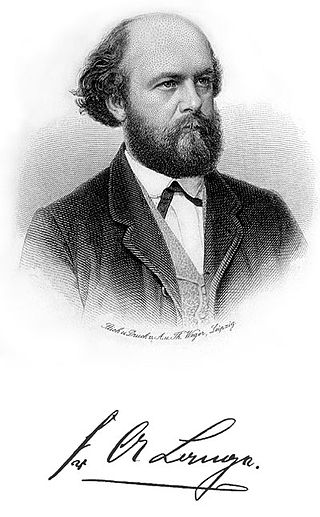
Friedrich Albert Lange was a German philosopher and sociologist.

Heinrich John Rickert was a German philosopher, one of the leading neo-Kantians.

Georg Karl Wilhelm Hamel was a German mathematician with interests in mechanics, the foundations of mathematics and function theory.
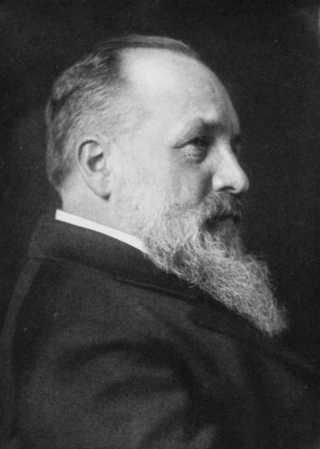
Carl Eduard Sachau was a German orientalist. He taught Josef Horovitz and Eugen Mittwoch.
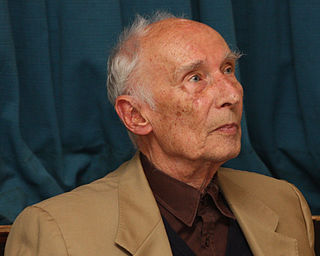
Adolf Holl was an Austrian Catholic writer and theologian. He lived in Vienna, where he was Chaplain of the University of Vienna and a lecturer in its Department of Catholic Theology. Because of conflicts with Church authorities, he was suspended from his teaching and priestly duties. He wrote many books, including Jesus in Bad Company and The Last Christian: A Biography of Francis of Assisi.

Otfried Höffe is a German philosopher and professor.

Oskar Kraus was a Czech philosopher and jurist.
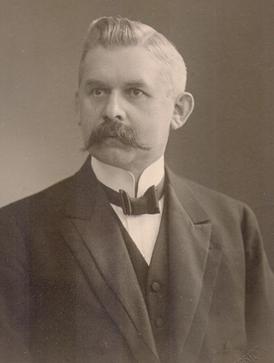
Ernst Sellin was a German Protestant theologian.
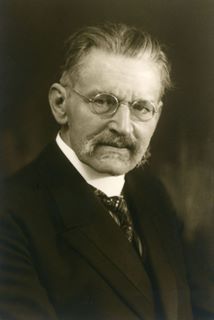
Richard August Reitzenstein was a German classical philologist and scholar of Ancient Greek religion, hermetism and Gnosticism. He is described by Kurt Rudolph as “one of the most stimulating Gnostic scholars.” With Wilhelm Bousset, he was one of the major figures of the Religionsgeschichtliche Schule.
The International Phytogeographic Excursions was a series of international meetings in plant geography that significantly contributed to exchange of scientific ideas across national and linguistic barriers and also to the rise of Anglo-American plant ecology. The initiative was taken by the British botanist Arthur Tansley at the International Geographic Congress in Geneva in 1908. Tansley and another early key figure, Henry C. Cowles, were both much-inspired by the new 'ecological plant geography' introduced by Eugenius Warming and its quest for answering why-questions about plant distribution, as opposed to the traditional, merely descriptive 'floristic plant geography'.
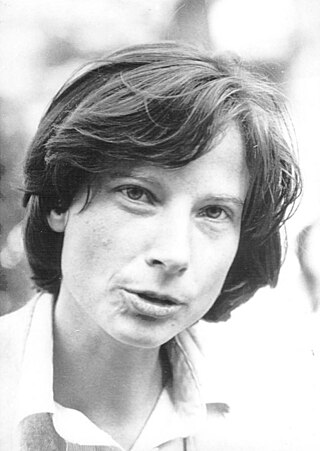
Claudia Schmölders, also Claudia Henn-Schmölders is a German cultural scholar, author, and translator.

Rudolf Hans Bartsch was an Austrian military officer and writer.

Thommie Bayer is a German writer, musician and painter.

Iso Camartin is a Swiss author, publicist and anchorman.

Robert Faesi was a Swiss writer and academic concerned with Literature and language
Hugo Marti (1893–1937) was a Swiss Germanist, writer and literary editor.
Otto Bähr was a German legal scholar and liberal parliamentarian.

Otto von Moser was a German army officer, originally from Stuttgart in Württemberg, who ended his army career as a lieutenant general. After the First World War he settled at Isny im Allgäu, near the frontier with Bavaria and embarked upon a career as a prolific military historian and author.
Hubert Winkler was a German botanist, who specialized in tropical flora research.
Johann Heinrich Ziegler was a Swiss dye chemist and natural philosopher.















